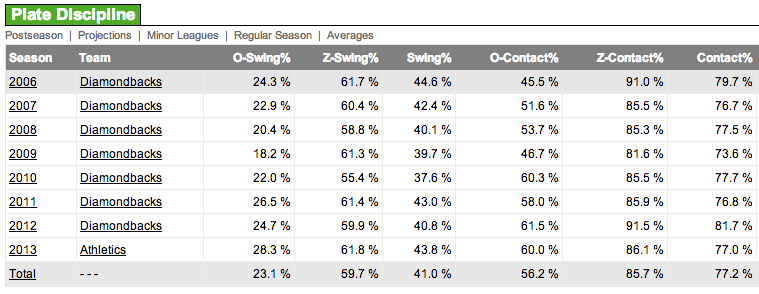Joe Panik is currently on a plane headed to Arizona, where he will meet up with the San Francisco Giants and likely make his major league debut in the coming days.
Panik is from a suburb about one hour north of New York City. He attended high school at John Jay (East Fishkill, N.Y.), which—from personal experience—isn’t considered to be a baseball powerhouse. He wasn’t drafted out of high school, but went on to attend St. John’s University, where he positioned himself as arguably the best college shortstop heading into the 2011 draft.
Panik is a hard working, offensive-minded second baseman. His baseball IQ and maturity will be the reasons why Giants fans fall in love with his play. Offensively, he profiles similar to Daniel Murphy, the second baseman for the New York Mets, but defensively, he is much more adequate—a natural shortstop who shifted over to second base in his second professional season.
Since the day he put on a professional uniform, Panik has raked. He gets a bit of a bad rap for his offensive numbers at Double-A Richmond last year, but many overlook the fact that he suffered a hamstring injury early in spring training last year that led to a slow start that he was unable to rebound from. And the Eastern League isn’t exactly known for potent offense.
Many are calling 2014 his breakout year, but he’s really just playing ball the Panik way— doesn’t swing and miss much, makes solid contact, gets on base, plays solid defense, shows gap-to-gap power and drives the occasional ball out of the park. In fact, one of Panik’s homers this season was hit off highly touted Mets pitching prospect Noah Syndergaard.
Panik trusts his talents. He knows what he can and can’t do. He can play up his strengths and will continue to work on any weaknesses he has. Giants fans will be very pleased with his production at second base—although, to be fair, they haven’t exactly been blown away this year by second base production, so it won’t be too difficult to please them.
The Giants know what they have in Panik, and what type of player he is. If they are calling him up and clearing room on the 40-man roster it’s because they know he can be a piece of the puzzle that helps the Giants bring home the NL West this season.
Panik has excellent strike-zone management and instincts, and if he stays within himself—continuing to play the way he has his entire professional career—he will be successful at the next level.
Read more MLB news on BleacherReport.com
